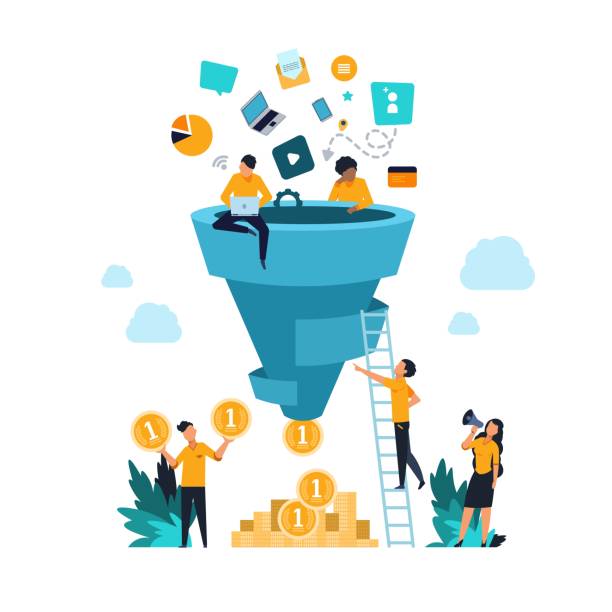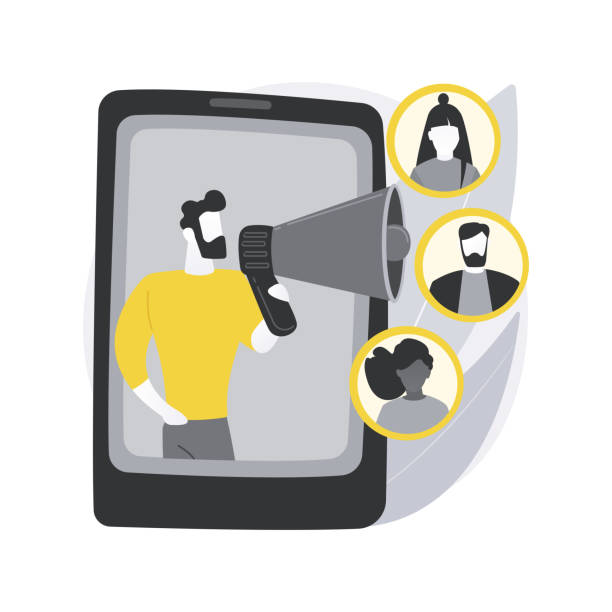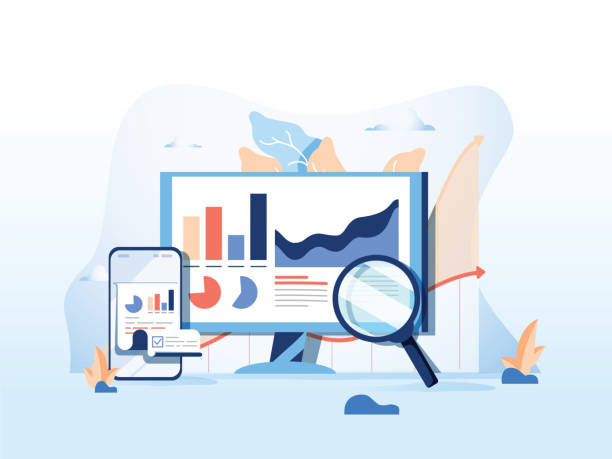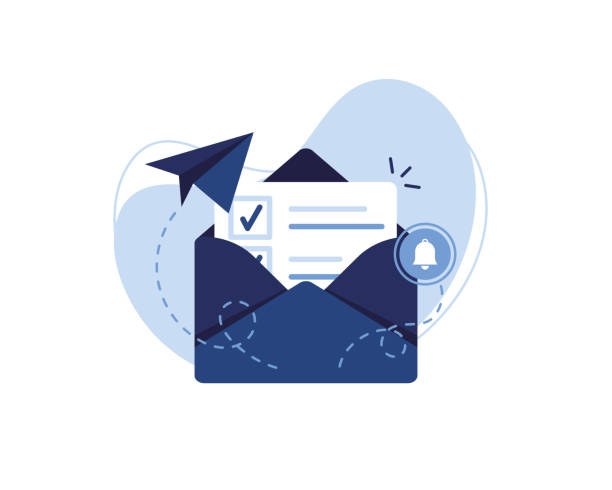Three Effective Approaches for Personalized Marketing Campaigns
According to Epsilon Marketing’s research, 80% of consumers prefer to do business with companies that offer a personalized experience. This research shows that users value personalization. For this reason, accurate and effective personalized marketing campaigns are the biggest helpers of companies.
The purpose of this article is to guide you about what personalized marketing is and how to apply it. With this article, I aim to tell you about personalized marketing, how to apply it, and understand that personalized marketing is much more than placing your users’ names in emails. If you’re ready, let’s get started.
What Are Personalized Marketing Campaigns?

Personalized marketing is a one-to-one marketing strategy that aims to help companies understand and connect with users. This strategy leverages data to offer users as relevant offers and campaigns as possible.
Personalized marketing differs from traditional marketing strategies that uniformly target each user. It places great emphasis on tailoring messages to specific user segments. There are numerous benefits to running personalized campaigns for each user segment. For this reason, marketers must give due importance to personalized and traditional marketing.
What Are the Benefits of Personalized Marketing?
There are many benefits to personalizing your marketing campaigns.
#1 Higher conversion rates

Personalized marketing strategies allow you to identify what users are currently interested in or need and create campaigns around these needs and preferences. That makes it easier for users to convert and move to the next step in the purchasing funnel.
When you approach your users in a more personalized way—for example, when you offer a campaign about a product you know they’re interested in, rather than a random campaign—your users are much more likely to convert.
#2 Lead nurturing
Lead nurturing is the name of steps that people take to ensure that a lead is getting exactly what they need that marketing teams implement to turn leads into a buyer. It involves raising awareness about your company and brand, fully introducing your products to your users and convincing them to convert.
When nurturing a lead, you also need to anticipate the needs of your potential users and know when and how to meet those needs. For example, if you have noticed that your user has been consuming your content marketing-related content recently, you can direct him to a case study on content marketing. Or, you can inform your user about the benefits your product will provide while executing a content marketing strategy and encourage them to make a purchase.
This is where the benefit of personalization for lead nurturing comes into play: Personalizing your approach to your potential users allows you to pinpoint these needs and make your users feel important. This affects your users’ decisions to buy from you.
#3 Increase in ROI
Running a one-size-fits-all marketing campaign will not be effective for your target audience. Thus, your return on investment is limited. When you personalize your marketing campaigns, users exposed to this campaign are more likely to provide the expected return. Therefore, personalized marketing is a more cost-effective strategy than other alternatives.
According to McKinsey, personalized marketing can increase sales at least by 10% and provide up to 8x return on investment from your marketing investment.
#4 Higher retention

Offering personalized content to your current users makes them feel valued. This increases the user’s loyalty. Therefore, personalized marketing strategies also help you to increase retention.
Three Effective Approaches for Personalized Marketing Campaigns
It is not always easy to determine what personalization strategy you need to execute to convert and persuade your users to buy. Moreover, these customizations differ for each user segment. That said, there are three approaches you should consider in every personalized marketing strategy.
#1 Be aware of your users’ needs
Personalization is based on accurately identifying users’ needs. If you cannot correctly determine your users’ needs, it becomes impossible to execute an effective strategy. So, it’s imperative to get to know your users and be aware of precisely what they expect from you. Also, strive to understand what users expect from you at each funnel stage.
The best way to understand the needs and expectations of users is to ask them directly. In this regard, surveys will be your best friend.
#2 Know what stage your users are in
Your users’ needs are shaped by what stage of the funnel they are currently in. That’s why it’s essential to anticipate what stage of the funnel your users are in right now and how they will act next.
If you push your users to perform a certain action that they have already done, you may cause them to lose interest in your product or service. For example, if you send a user an email encouraging them to request a demo the day after they set a date and time for the demo, you may create an impression that your company doesn’t care enough about its users. Another possibility is that your user might think something went wrong, and you cancelled their demo.
Effectively implementing your personalization strategy across every device and channel will help avoid bad user experiences. Moreover, your CRM should reflect everything you know about your users in the process, so you know where your users are in the sales funnel, and you can tailor your campaigns accordingly.
#3 Predict what will happen in the future and continuously update processes
An accurate and effective customization process will not only meet the current needs of your users. Your users will have different needs and expectations as they move to the next stage of the funnel. For this reason, you should understand the main goals of your users and be able to offer solutions to them before they even know they need them.
Examples of Personalized Marketing
Take a look at some examples of personalized campaigns that will open the door to great success in your marketing campaigns.
Personalized Emails

Dozens of new emails arrive in email boxes every day. Among these dozens of options, users only click on emails that catch their attention with personalized subject lines. There are many ways to personalize emails. You can start by sending emails addressed to your users by their names. You can also create a call-to-action email that encourages your users to complete an abandoned action or purchase a product they are interested in. Or you can create a personal experience by giving them a special discount code on their birthday.
Product Recommendations

This common but effective tactic will be a good starting point for your personalized marketing campaigns. This type of campaign involves determining what kind of product, service, or offer your users will be most interested in and marketing the right product to the user in the light of this information.
Leveraging user feedback is the most effective way to determine which product your users are most likely to purchase. Often, users give an idea about what they expect and need from your product in the feedback you collect from them.
Social Media Marketing

It is wise to leverage social media platforms for a personalized marketing campaign. There are two main reasons for this: First, social media content is perfect for measuring the behavior and expectations of your user base. You can get a wide variety of information about your users through their interactions with the content. This makes it easier for you to segment them and run personalized campaigns that match their expectations.
Second, social media platforms are perfect for running these personalized marketing campaigns and interacting with your users more effectively. Therefore, a presence on various platforms such as LinkedIn or Twitter would be a good marketing move.
Tools for Personalized Marketing
The most challenging part of personalizing campaigns is bringing these campaigns to life. Since the needs and preferences of each customer group are different, it is practically impossible for you to run this process manually. That’s why you need marketing tools to run this process successfully. Here are some of these tools:
#1 Analytic Tools

Analytics tools help you collect data you can trust to create personalized campaigns. This data is about who your users are, what they are interested in and what they expect, and they’re essential for you to create your user segments and marketing strategies personalized to the users in each segment.
#2 Customer relationship management (CRM) tools
Your CRM tool is the headquarters for all the information you need about your users. In other words, this tool is where everything you learn about your users from various sources, from third-party applications to lead capture forms, is kept. The information you get from this platform can make your marketing campaigns more personal.
#3 Data management tools
Data management tools allow you to consolidate and manage data from multiple sources. They extract, transform, and integrate data without sacrificing integrity so you can use it easily. This data can include users’ age, income, purchasing devices, and more. Data management platforms can also analyze the performance of these segments. In this way, it can contribute to the more accurate optimization of future campaigns.
#4 Email marketing tools

Emails are crucial channels for any marketing campaign as email marketing offers incredible ROI. Also, emails are one of the most customizable marketing methods. That’s why email marketing—and tools to facilitate it—are essential for personalized marketing.
#5 Tag management tools
Marketing tags are JavaScript pieces you use to gather information from your users when they visit your website. These parts are added to your web page’s code, and this tag is activated when a visitor performs a certain action.
Marketing tags have many benefits. However, these labels also bring some difficulties. For example, these tags can be easily forgotten when they are no longer needed. They can also greatly slow down a web page, which negatively impacts bounce rate and conversion rate. That’s why a tag management tool allows you to add, delete and update all your tags in one place.
Conclusion
Due to increased competition, users demand more personalization than ever before throughout the purchasing journey. Therefore, if you don’t tailor your marketing strategy to suit each user, your users will not feel sufficiently targeted. In this case, your users will be less likely to buy from you. Thus, the most effective way to fully meet your users’ expectations and increase your brand value is to make personalization the centre of your marketing strategies.
Customer expectations and marketing technologies are developing day by day. As these developments continue, personalization in marketing campaigns will become much more critical.
Whatever it takes to measure the success of other marketing campaigns, the same is necessary for measuring personalized marketing campaigns. Leveraging reporting dashboards and insights to understand and target your users will help you measure the effectiveness of your strategies.



